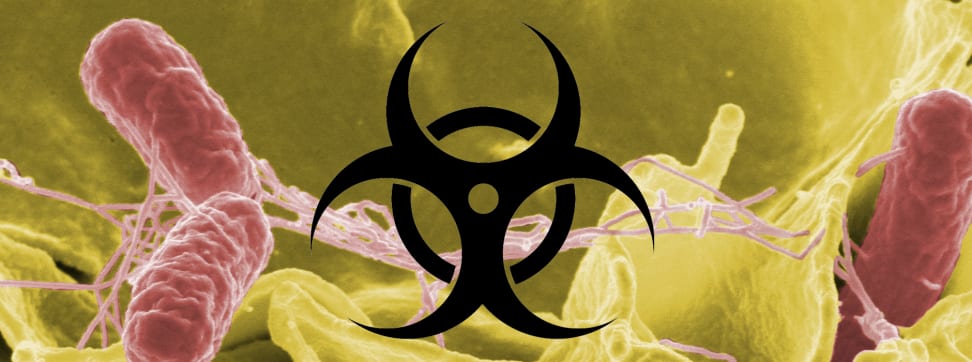CDC: Eggs Getting Safer, But Watch Out for Oysters
A new study shows salmonella on the decline as new dangers rise.
 Credit:
Credit:
Recommendations are independently chosen by Reviewed's editors. Purchases made through the links below may earn us and our publishing partners a commission.
The Centers for Disease Control and Prevention published a study on food poisoning last week, and the results show a mix of ups and downs for the state of foodborne illnesses in the U.S.
Most notably, the report shows a decline in salmonella—that nasty bacteria found in chicken eggs and other poultry products—as a source of infection. The rate of infection in 2013 declined 7.5 percent over the previous year, and by 9 percent over the previous three years combined.
That's the good news. The bad? Despite the dip in salmonella infection, overall foodborne illness rates remained more or less unchanged.
This is largely due to a dramatic uptick in infections caused by vibrio bacteria, which are found in raw shellfish such as oysters. In 2013 alone, the rate of vibrio infection soared by 32 percent compared with the 2010-2012 span.
The CDC posits that warming coastal waters are to blame for helping to spread the bacteria. Another contagion, the campylobacter bacteria—commonly found in chicken and dairy products—has also risen substantially.
Despite the drop in salmonella cases, the report suggests a disappointing general trend in foodborne illness. The CDC estimates some 48 million Americans suffer from food poisoning each year. Unfortunately, research suggests that most of these cases result from restaurant visits, and most of those could have been avoided.
It’s no surprise, then, that some researchers are looking into new ways to study patterns in foodborne illness. Last week, Twitter announced the winners of its Data Grants project, which provides select research institutions with access to the social network’s massive trove of public and historical data. Two of those recipients—Harvard Medical School and Boston Children’s Hospital—will use the information specifically to study food poisoning.

